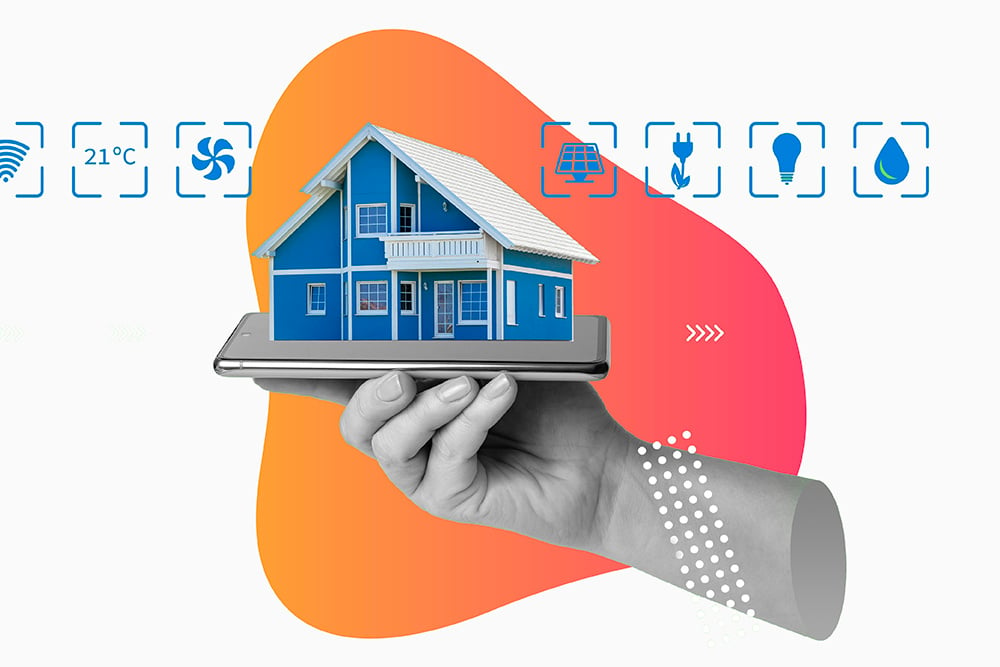Sail Over the Rail with Integrated Automation
Automated entitlement and claims logic helps home warranty administrators control reduce costs, monitor quality and spot fraud. Managing warranty...
2 min read
 ServicePower
:
March 20, 2017
ServicePower
:
March 20, 2017

I’ve been in field service long enough to remember when a computer was something that took up a floor of a building; updating a service manual meant ripping old pages out and inserting new ones; finding a part number required postage-card-sized transparencies and a one-eyed viewer; and parts ordering, invoicing, expense reporting, and service logging took penmanship and spelling skills. Today a hand-held device contains more computing power than a building-sized computer in 1985 when I began my career; all manuals, parts lists, invoicing, expense reporting, and service logging are handled by the said device; and spell-checked typing means I don’t have to fill out three invoices until I get it right.
The majority of service companies have taken advantage of warranty management software that most of today’s service reps take for granted. However, many service providers continue to handle their warranty and service contract claims by snail-mail, yesteryear email (otherwise known as fax), or with software that has little to no interface with the programs used by field service techs. This results in slow processing, which means floating the warrantied parts costs of contracted machines, and human errors that can negatively impact profits, overhead, claim adjudication, aggregation of volume, and data analysis.
I have a saying that has held true throughout my career: if there’s a way to get something wrong, I’ll find it. Fortunately, I learn from my mistakes, which makes me a better technician in the end, but some mistakes techs make can be costly, especially when it comes to handling claims. With all of the determining factors – age, wear, abuse, varying contract specifications – it is nearly impossible for service reps to know, without a doubt, that each and every part, or the labor to install it, is warrantied or not. When in doubt, we’ve been taught to side with the customer.
Various types of software solutions have taken the guesswork away from much of the field service workforce, but that doesn’t mean errors have been completely eliminated. The majority of programs that run a serial number or model check still depend on human input at some point. Whether it’s a service rep who misinterprets or misreads the warranty check or the person in the billing department who faxes the incorrect paperwork to the vendor, the possibility of an expensive mistake is very real.
Having software that communicates directly with your vendors is key. Few companies offer this solution. Service Power is one such company. Their fully-integrated field service software sends information directly from the service rep’s handheld to the appropriate vendor or claims service. The added benefit to the reduction in uncontrollable human-processing variability is a boost in claims processing time. As soon as the tech finishes the service call and hits ‘send’, the information needed to initiate the claims process is sent to the OEMs and TPA that handle the warranty. If you’ve incorporated RFI tags or barcodes into your process, variability takes another hit and gains in accuracy of reporting will improve forecasting and data analysis.
Automation will never remove all possibilities for human error (it is humans who program computers), but we have come a long way from the days when pen and paper presented all sorts of opportunities for inaccuracies to flourish. Until the day when drones are sent out to service and repair equipment, and perfected computer software and hardware are created, a field service software solution that is robust in the way it handles warranties is the best answer for a (nearly) error-free claims process.
Explore 10 actionable tips for optimizing your warranty management process. Learn more.

Automated entitlement and claims logic helps home warranty administrators control reduce costs, monitor quality and spot fraud. Managing warranty...

A product warranty is an inherent reflection of both the quality of a product, as well as the customer’s experience with the manufacturer. In...

Warranty management software ensures that the warranty promise that you made to your customers on their purchases is protected. We all hope that a...